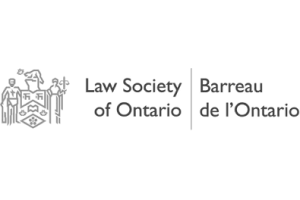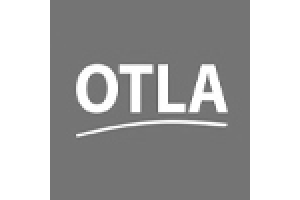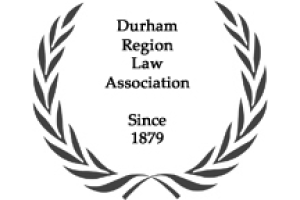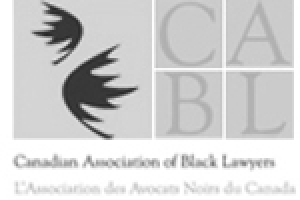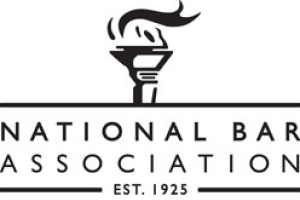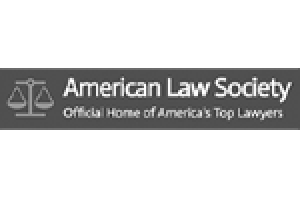GAF (General Aniline & Film) and Ruberoid
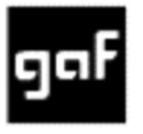
GAF and Ruberoid are prime examples of how the merging of companies and changing names due to mergers and acquisitions can make applying for compensation for asbestos related injuries challenging. If you have been diagnosed with mesothelioma it is important for your lawyer to know what products used in Canada are covered by what compensation trusts.
Ruberoid Corporation
Ruberoid started out as the Standard Paint Company in 1886. They patented a ready-to-lay line of roofing products in 1902 and branded them Ruberoid.
In September 1903 the Standard Paint Company registered the Ruberiod name in Canada and stated on their registration form that Ruberoid was a “solid but soft flexible rubbery substance”. Registrations of products using the words “rubber” or “plastic” in those days was generally a company trying to keep trade secrets that one of the components was asbestos.
By 1910 Ruberiod had opened a plant in Montreal to serve the Canadian market. The product line had expanded considerably and included many roofing and siding and insulation products. Of note Ruberoid indicated in a 1910 trademark filing, in addition to many other products they listed;
- asbestos-cement roofing;
- asbestos-cement sidings;
- asbestos-cement panel boards.
The asbestos trust that pays claims for diseases caused by exposure to Ruberoid products maintains that American made Ruberoid products did not contain asbestos before 1928.
To ease the supply of sufficient asbestos to meet Ruberoid’s needs the company purchased an asbestos mine in Vermont which they operated from February 1946 until March of 1975. The asbestos from the Ruberoid Vermont mine was generally of poorer quality that fibre from the Canadian mines (short fibre and contained more impurities) that could not be used in spray on application or textiles but was ideal filler for asphalt, millboard, roofing and flooring products.
In addition to using asbestos from the mine in their own products GAF/Ruberoid sold surplus asbestos to other manufacturing companies that included low grade raw asbestos in their products including but not limited to Bendix, Hooker Chemicals, Western Chemicals, Union Carbide and Canadian Industries Limited (CIL).
GAF General Aniline & Film
GAF started off named American I.G. Farben as a subsidiary to the German based parent company. The company was renamed General Aniline & Film when they purchased General Aniline Works, (a chemical company), and merged with Agfa-Ansco Corporation, (a photography supplies company) in 1939. They were at that time primarily a company that made and distributed photography materials and film.
In 1941 the company was seized by the American Government as enemy property.
The US Government maintained the company as a fully government owned asset until 1965 when it became a publicly traded company. Due to poor management the company was not prospering under government ownership. When the stock was released for public sale it elicited huge excitement and the stock value shot up.
GAF and Ruberiod Merge
Ruberoid and General Aniline & Film were competitors until 1967 when the companies merged. Ruberoid adopted the name General Aniline & Film which was formally changed to GAF in 1968.
This meant that GAF owned the asbestos Ruberiod mine in Vermont, as well as responsibility for all of their asbestos containing products.
In the late 1970s and early 1980s GAF was in financial difficulty due to many unprofitable and diverse divisions including consumer camera, projector and photo processing operations. These were sold off in an attempt to increase profitability. This left three distinct divisions; GAF Chemicals, GAF Broadcasting and GAF Building Products.
After purchasing only 4.1% of company stock, Samuel Heyman, a knowledgeable investor, mounted a hostile takeover bid and succeeded in ousting the current Board of Directors, installing himself and his own directors in late 1982. Immediately cost cutting measures were implemented and the corporation’s profits rose. Samuel Heyman was a wealthy man who offered to take the company private for the sum of $2.3 billion in early 1987. The stock market crash of 1987 reduced the worth of GAF stock and Heyman and other upper management managed to purchase all the outstanding stock for 1.4 billion in March of 1989. Heyman was the majority shareholder.
GAF Chemical was spun off in 1991 into its own division and renamed International Specialty Products Inc. GAF Broadcasting was sold in 1994.
Heyman continued as head of GAF Building as well as ISP. The Ruberiod product line formed the basis for GAF Building Products. Despite having sold the Ruberoid asbestos mine in Vermont in 1975 many products made by GAF contained asbestos until 1981.
Facing significant asbestos liability, the Chairman of GAF, Samuel Heyman attempted to get the US Congress to eliminate punitive damages by spending $6 million of his personal fortune to lobby against the right of juries to award punitive damages against negligent product producers. His efforts were not successful.
In early 2001 GAF filed for bankruptcy protection due to asbestos claim costs which allegedly to that point had cost the company $1.5 Billion. The proceeding took until 2009 for it to be agreed how the asbestos claims that were filed at the time and expected to be filed in the future would be addressed. After lengthy negotiations it was agreed that a compensation fund would be established to handle claims for as long as victims of asbestos exposure were being diagnosed. The compensation fund started accepting applications in October of 2010.
If you worked with GAF or Ruberiod asbestos containing construction products and have been diagnosed with mesothelioma an application can be put forward for compensation to the G-I Holdings Inc. Asbestos Personal Injury Settlement Trust. Contact us to get information about the claims process.


